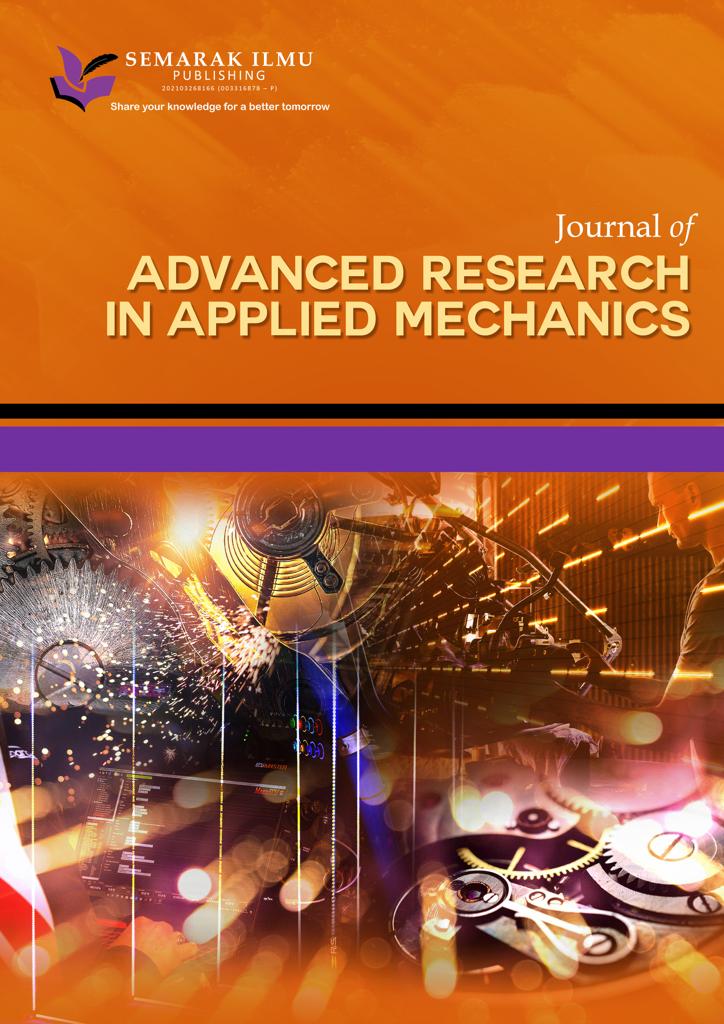Effect of Temperature on Zirconia Powder Synthesized from Amang Zirconium Oxychloride Precursor
DOI:
https://doi.org/10.37934/arfmts.118.1.185195Keywords:
Alkali fusion, Amang zircon, zirconium oxychloride, zirconiaAbstract
Polymorphic zirconia is economically attractive in various applications due to its low reactivity, high strength, and stability. Zirconia can be synthesized from locally available Amang zircon sand as an inexpensive green alternative as it has a high zirconium content as reported by previous report. Unfortunately, the study was only focused on the formation of zirconium oxychloride despite of high zirconium content from the improved alkali fusion method proposed. Therefore, a further study on zirconia powder calcined in varied temperatures from Amang zirconium oxychloride precursor was done. Amang zirconia powder was then characterized in order to study the effect of temperature on Amang zirconia powder. Elemental analysis showed that zirconium composition was affected by temperature and increased as the temperature increased with the highest zirconium content of 81.28 wt.% with low impurities after calcined at 800 °C for 4 hours. The phase analysis satisfied monoclinic zirconia with minor tetragonal and cubic phase with sharper peaks as calcined temperature increased. Increased tetragonal and cubic phase was observed as the temperature was increased. Morphology analysis showed zirconia powder was angular and pyramidal with large crystal size which led to high tendency of monoclinic phase. Calcination temperature of 800 °C was determined to be the most suitable temperature to calcine high purity zirconia powder using Amang zirconium oxychloride precursor.
Downloads



























